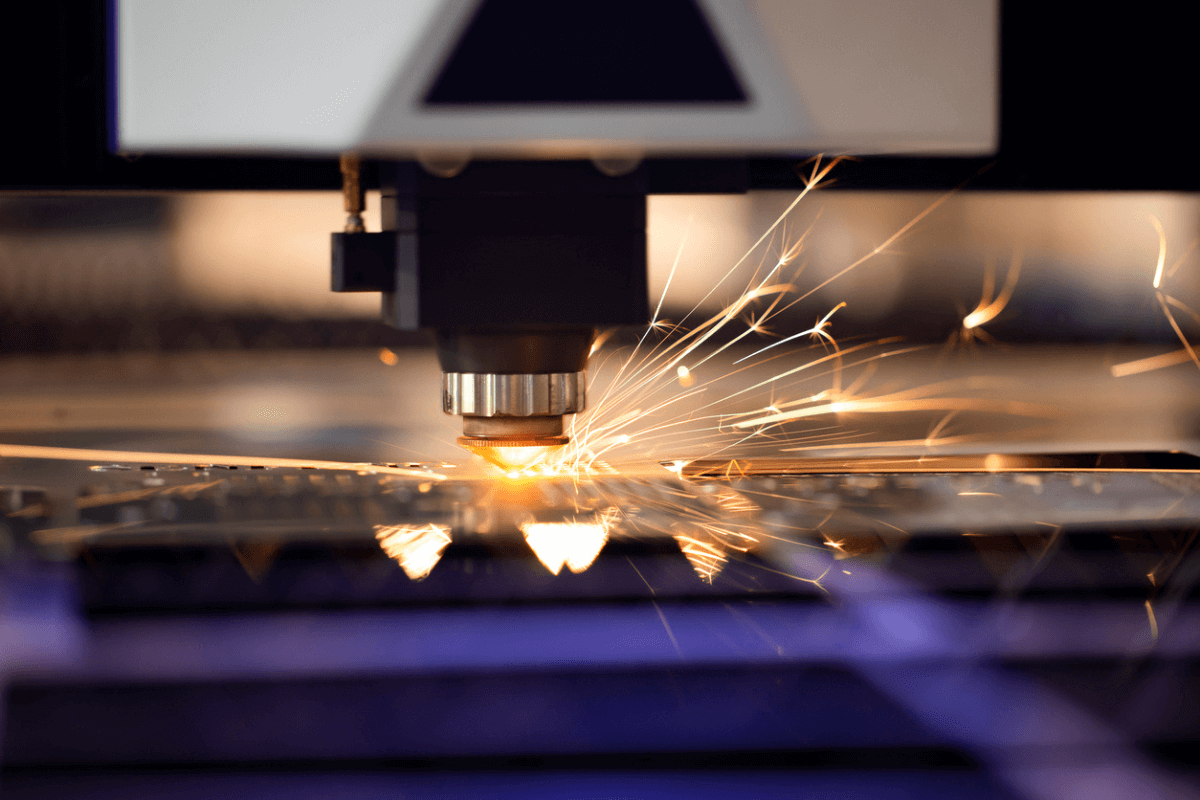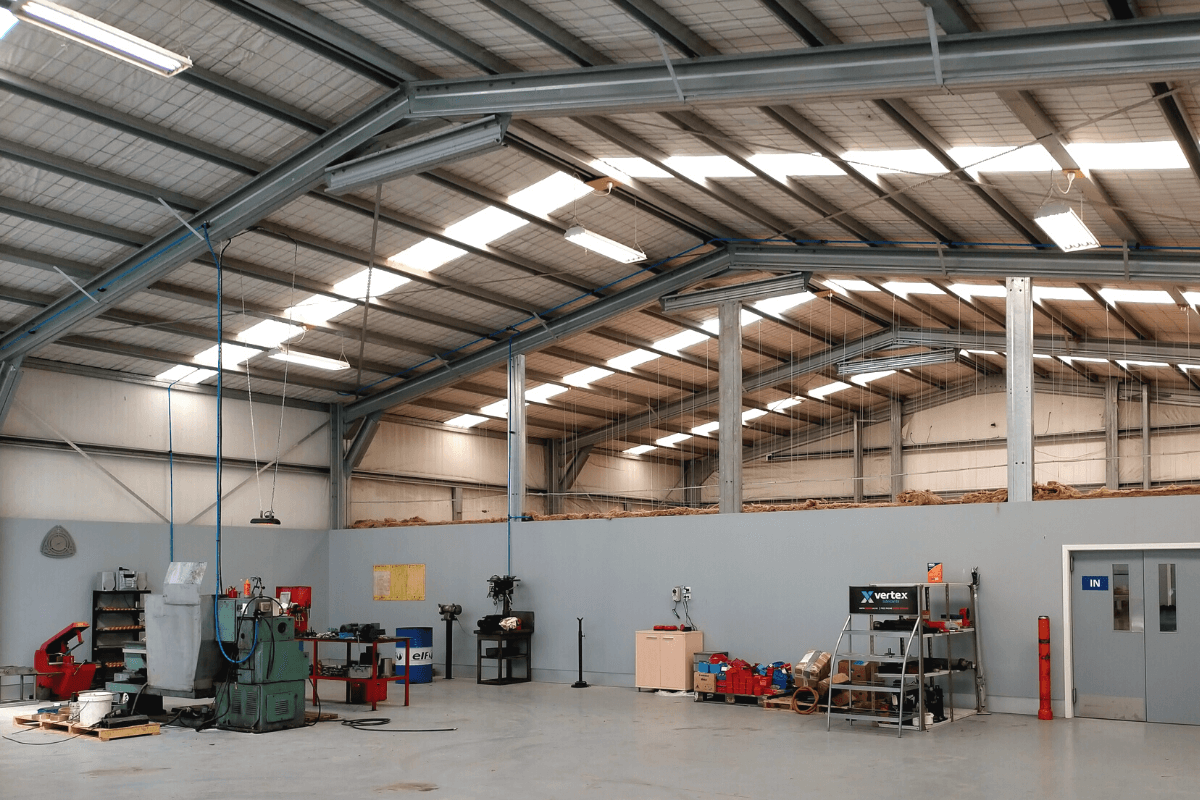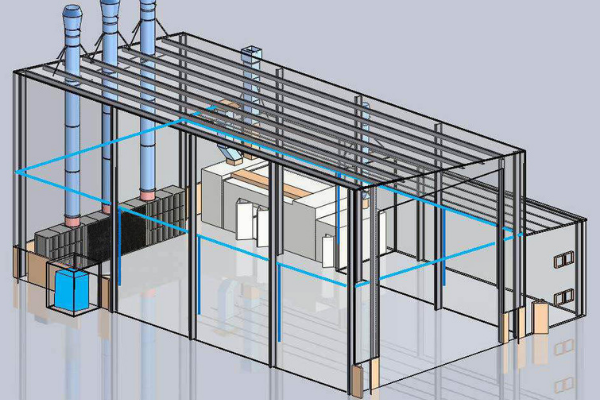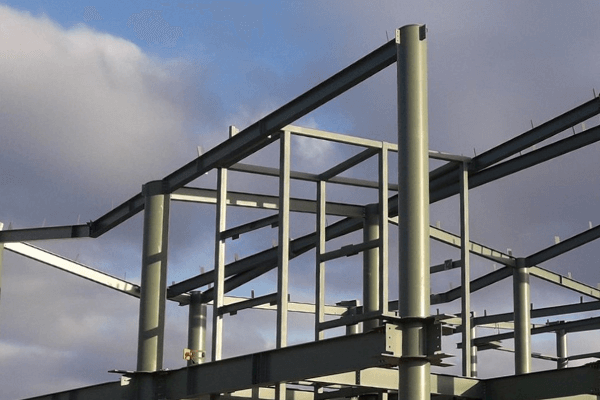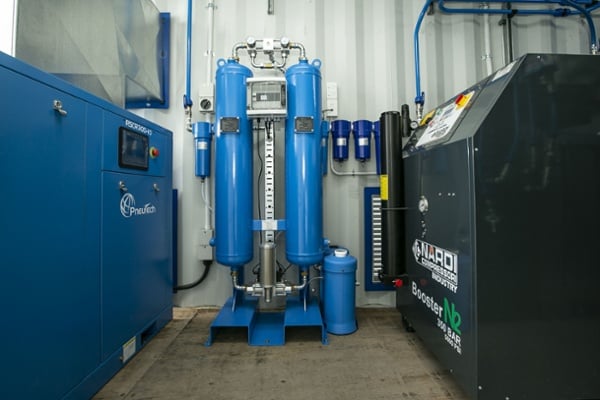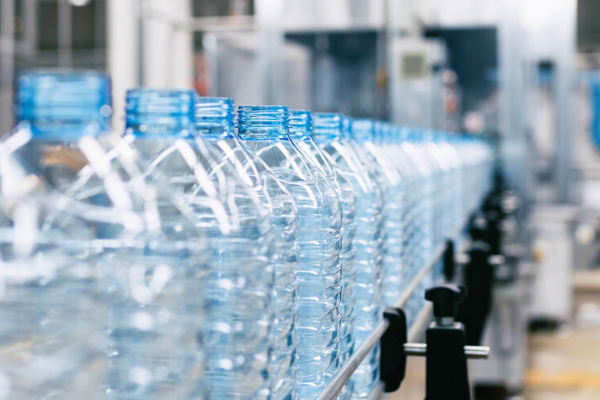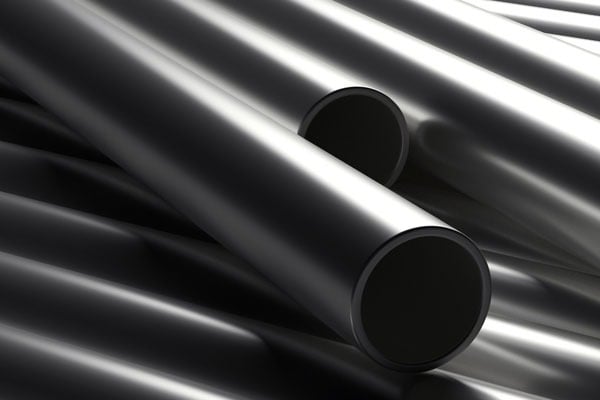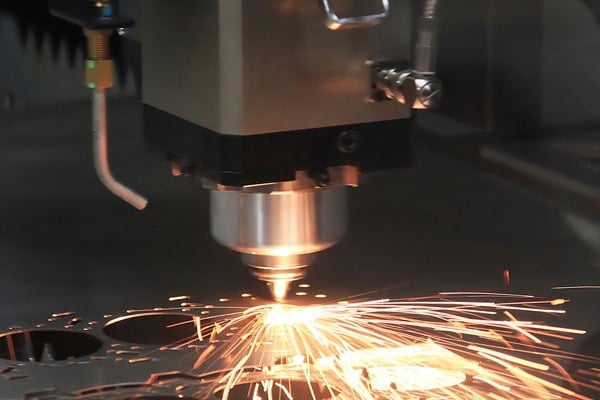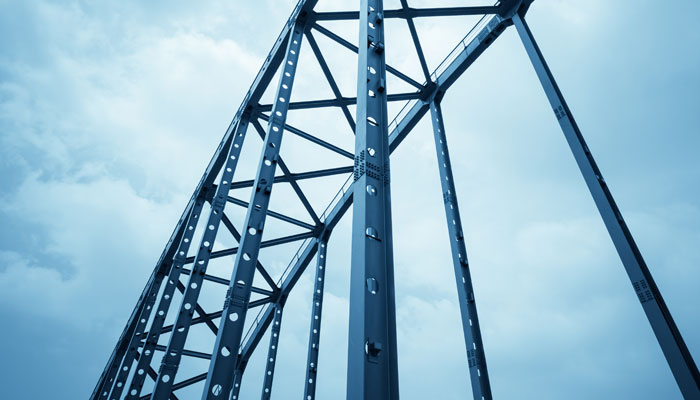Used for a wide range of applications, nitrogen generators produce a consistent nitrogen gas supply. Nitrogen is an essential resource in many industries such as food and beverage, dairy, wine, pharmaceutical and medical, and beer brewing.
Nitrogen is also an increasingly popular alternative to carbon dioxide (CO₂) because of its availability and cost savings. As nitrogen is available on demand, you can reduce plant downtime significantly.
In this article, we explain how different types of industrial nitrogen generators work and the various advantages they offer. If you’re looking for a cost-saving solution that also increases productivity, find your ideal nitrogen generator below.
What is a nitrogen generator?
An on-site nitrogen generator provides high-quality and consistent nitrogen on demand.
Nitrogen generators separate nitrogen from other molecules so that it can be used in its pure form. Since nitrogen is the most abundant gas in the earth’s atmosphere, it is a more reliable gas supply than most alternatives, such as carbon dioxide.
Types of nitrogen generators
There are two main types of nitrogen generators that work in different ways.
Membrane nitrogen generators
Using semipermeable membranes, a membrane nitrogen generator separates compressed air into component gases. The membranes consist of small hollow fibres bundled together in a circular cross-section and a uniform bore through its centre.
How they work
- At one end, the compressed air is pushed into the fibres, contacting the membrane as it flows through.
- While oxygen, water vapour, and trace gases can easily pass through, nitrogen is contained within the membrane.
- From there, the nitrogen flows through the outlet port and is ready to use.
Advantages
- Extremely dry, with dewpoints as low as -50°C
- Simple and efficient
- Compact, all-in-one units
- Low maintenance
- Low operational costs
Membrane nitrogen generators are ideal for applications where the required flow of nitrogen is relatively low and purity levels do not need to exceed 99%. They also cost less upfront than high flow or high purity technologies such as Pressure Swing Adsorption (PSA).
Pressure Swing Adsorption nitrogen generators
Adsorption is the process of removing atoms, ions, or molecules from a substance using an adhesive surface. In a Pressure Swing Adsorption generator (PSA), the oxygen, CO₂, and water vapour are bound to a carbon molecular sieve, allowing essentially pure nitrogen to flow through.
How they work
A PSA nitrogen generator has two separate pressure vessels – tower A and tower B. Each tower is filled with carbon molecular sieves that switch between a separation process and a regeneration process.
- At the beginning of the separation phase, clean, dry compressed air enters tower A.
- Oxygen molecules pass through the tower A sieve. Nitrogen molecules cannot fit through the pores so they bypass the sieve.
- Some of the nitrogen from tower A flows into tower B in the opposite direction, triggering the regeneration phase. The rest is ready for use.
- The opposite flow pushes oxygen from a previous separation phase out of the sieves in tower B.
- When the oxygen has been removed from tower B, a new cycle of compressed air is introduced for separation.
- The cycle repeats, alternating between separation and regeneration in each tower.
Advantages
- Extremely dry
- Continuous flow
- High flow capacity
- Purity levels up to 99.999%
The initial investment cost for PSA generators is higher than membrane generators but the higher flow and higher purity levels are worthwhile for many applications.
How to choose a nitrogen generator
Given the various types of generators available and their varying capabilities, it can be daunting to choose one to suit your purposes. To make it easy, we’ve summarised the key considerations below.
1. Air purity
The level of purity required will depend on the intended application. For instance, food packaging and laser cutting typically require a higher level of purity compared to tire filling. If your end use requires high purity, we suggest a PSA nitrogen generator.
2. Flow rate
The amount of nitrogen gas you require will depend on the size and demand of your application. A larger flow rate may require a larger nitrogen generator or a model that can produce nitrogen on demand. Generally, PSA generators have a higher flow capacity.
3. Cost
The initial cost, installation costs, and operating costs will all come into play. If the flow rate and air purity allow you to choose a membrane generator, this will cost less overall.
4. Maintenance
The frequency of maintenance, replacement of parts, and overall upkeep will increase the operational cost. Membrane generators require much less maintenance than PSA models, and also come in simple, compact designs.
5. Gas storage
Some nitrogen generators feature storage tanks or cylinders to store the gas they produce. If you require a consistent and uninterrupted gas supply, this will be critical. Make sure the storage capacity is matched to your peak gas usage.
6. Manufacturer
The manufacturer's reputation, warranty, and customer support should also be evaluated to ensure that the generator will perform well. For example, the PneuTech range we stock is covered by a 2-year warranty on all major components.
Choosing a nitrogen generator requires a thorough understanding of its intended purpose, capabilities, costs, and maintenance requirements. Consult our experts to make the right choice for your operations.
For more detailed information about the PneuTech range of nitrogen generators, download your free copy of the brochure. Inside you’ll find:
- Features and benefits
- Approximate costs
- Model specifications
- Customisations
- More information on the PneuTech warranty

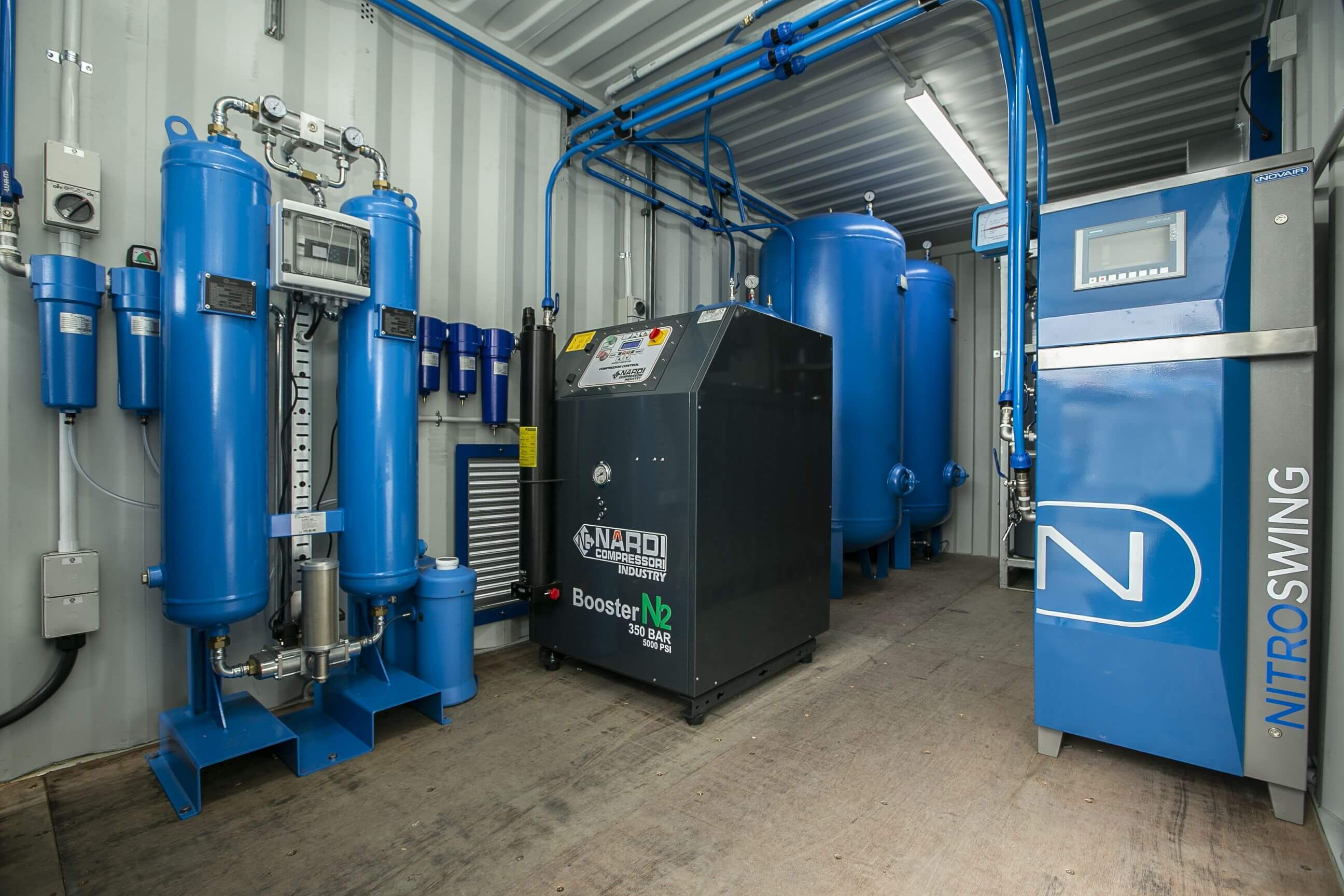
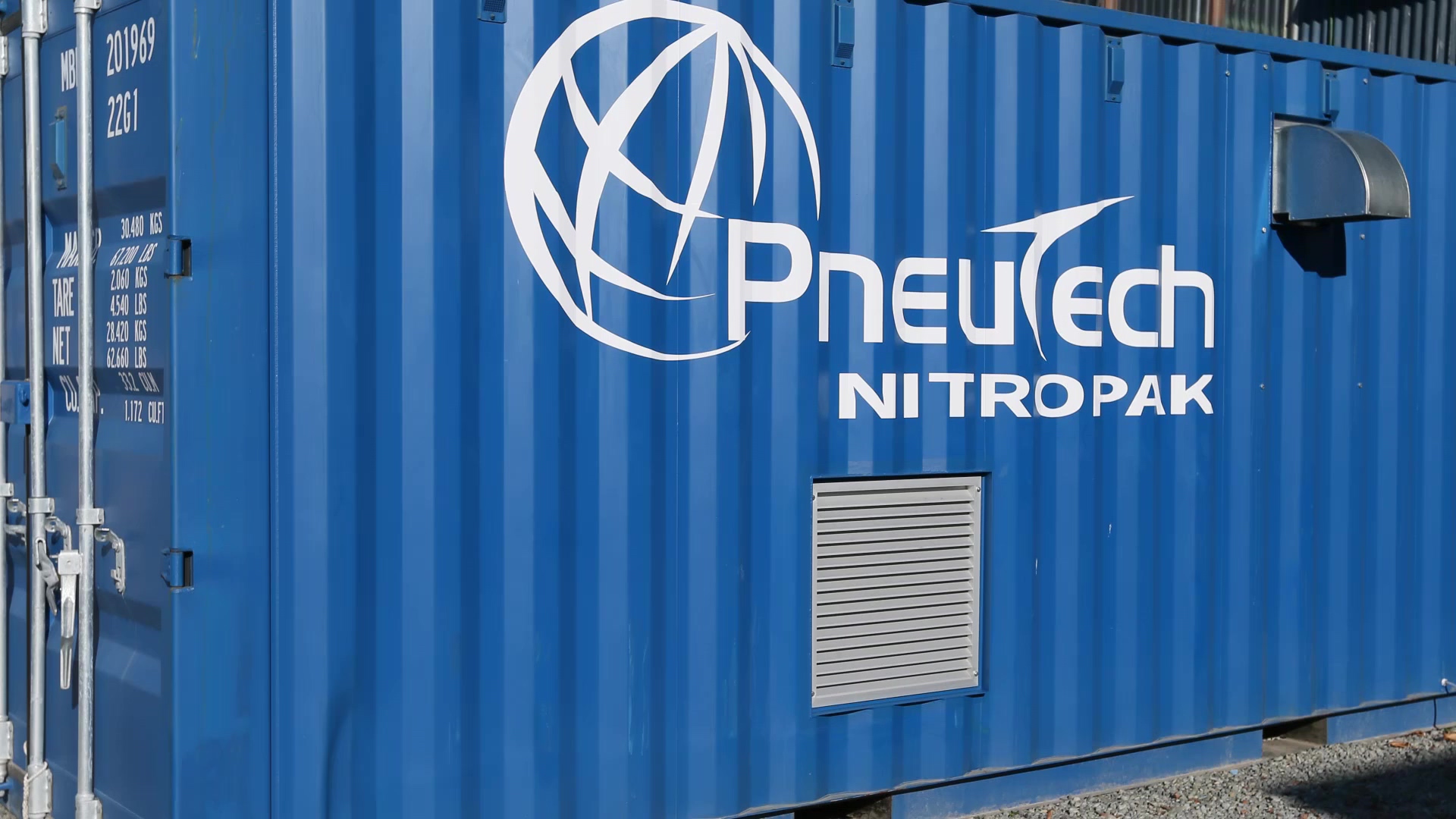


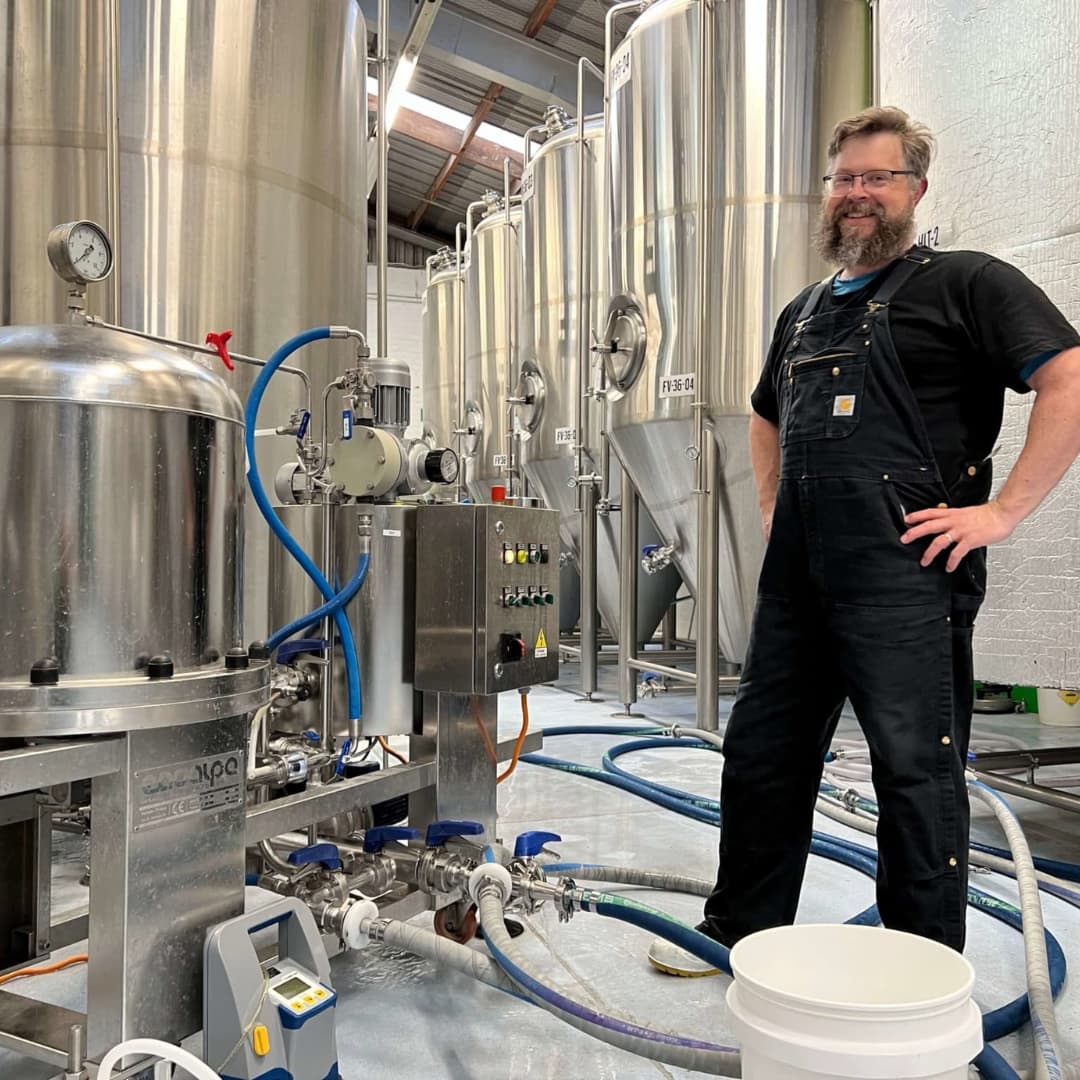
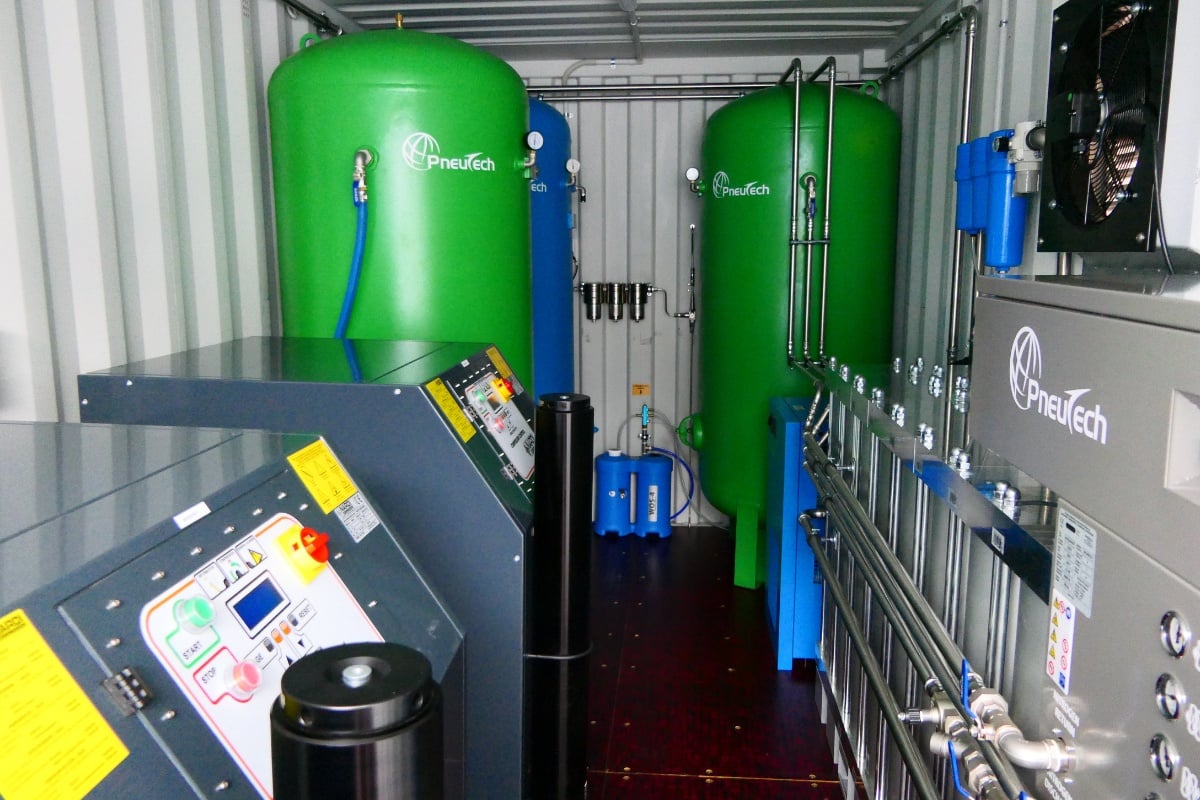
.jpg)


